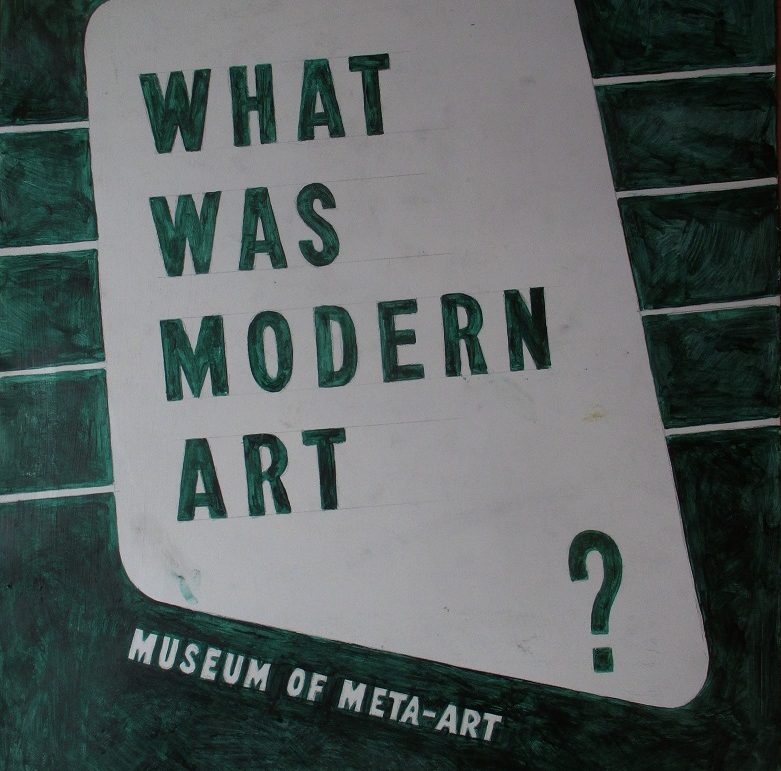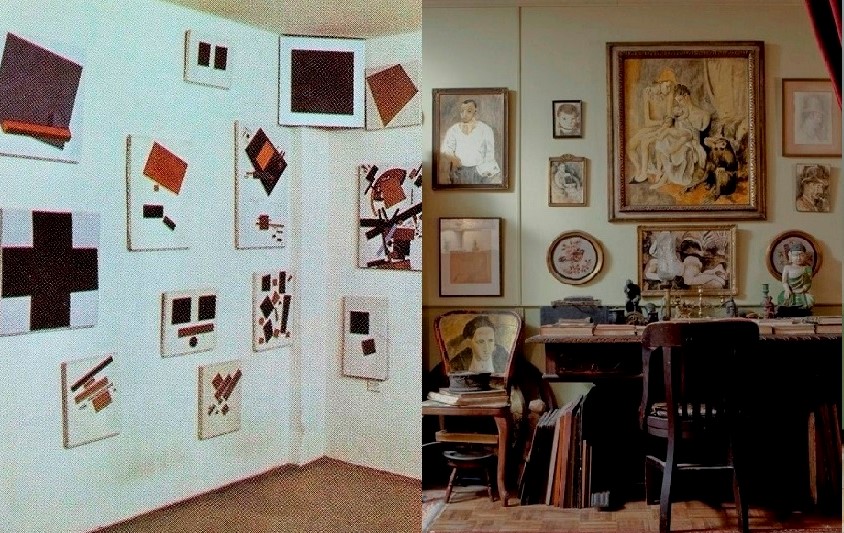Exhibition “Fiction Reconstructed” took place in the year 2000 at the SKUC Gallery in Ljubljana. It brought together “The Last Futurist Exhibition” from 1985 by Kazimir Malevich , the “International Exhibition of Modern Art” which was dated 1993 in New York while it took place 1986 in Belgrade, and the collection of the “Salon de Fleurus” fromContinue reading “Fiction Reconstructed”
Category Archives: Piet Mondrian
Remembering a Lecture on Mondrian
ChatGPT: Benjamin’s story explores the complexities and paradoxes of the relationship between an original artwork and its copy. He suggests that a copy can be seen as a senseless deed, but also as a multi-layered and complex object with its own ideas and meanings. While the original painting is created by the artist with a specific intention, the copy is created for different reasons, and yet it still embodies the same visual qualities as the original.
Furthermore, Benjamin suggests that the copy’s relationship to the original can be seen as a commentary on the idea of authenticity and the value we place on original works of art. He notes that the copy contains both the idea of its model and its own idea, the idea of being a copy, which adds layers of complexity to its meaning. The story ends with the realization that the copy and the original, despite being visually identical, are fundamentally different objects with different histories, ideas, and meanings.
Original and Copy
“While the object of Mondrian’s interest can be read from the original painting, the same could not be said for its copy.” A copy is a painting by all its properties, but its idea is outside the painting itself…” “If the original is worthless (like the “Harbingers of the Apocalypse”), does that imply that its copy is also worthless?… I consider the copies of the “Harbingers of the Apocalypse” to be more important than the original, although they do not differ at all.” “I think that questions such as the relationship between original and copy, truth and falsehood, sense and nonsense, are legitimate subjects of philosophical consideration. I believe that this paper (“A Philosophical Treatise on Absurdity”) could raise the question of the exclusivity of verbal language in philosophy” (from the “Moment” no.2, 1984)
“Modern Art” Made in AI
A couple of days ago a friend of mine sent me a link with an AI algorithm that converts words into images. One of the first words I tried was, of course, Malevich, one of the most important artists of the 20th century modern art whose works I copied in the early 1980 looking in the reproductions from the various art books. So I typed the word “malevich” and after few seconds on the screen appeared nine images that looked like works by Malevich, but I immediately realized that something was not right. None of the “works” on the screen were by Malevich known to me, but in fact those were some kind of Malevich’s look a likes generated now by AI algorithm for the first time. As I did some copies of Malevich long time ago, it occurred to me that it might be interesting and even a bit absurd to now copy some of these AI generated “Malevichs”.
Remembering a Mondrian
The theme of this story came from the Composition II painted by Piet Mondrian in Paris 1929 that is in the National Museum in Belgrade and its copy panted by me 1983 in the same museum, but it is initiated by the numerous copies of the same painting I begin making recently. Although in its epicenter is a work of art by one of the most important artists of the 20th century, the story itself has very little to do with Mondrian or art and art history. It is rather a reflection on remembering personal past and a way memories can be produced and actualized through a story built around this particular painting.





